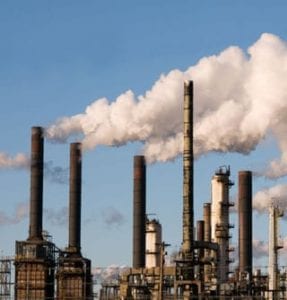Global CO2 emissions from fossil fuel and cement production grew to a record high of 36 billion tonnes in 2013.
According to the Global Carbon Project’s 2014 Carbon Budget, fossil fuel CO2 emissions are projected to increase 2.5% in 2014, bringing the total CO2 emissions from all sources above 40 billion tonnes. The report, which quantifies global greenhouse gas emissions for the year 2013, was released ahead of the United Nations Climate Summit in New York at the same time as four analyses on the implications of the current emissions trajectory. IIASA Deputy Director General and co-chair of the project, Nebojsa Nakicenovic, says, “This week’s summit in New York is a pivotal event — along with the upcoming COP20 meeting in Lima—on the road to a global climate deal that could be agreed in Paris in 2015. The scientific assessment of the Global Carbon Project should be a wakeup call to politicians.” Implications for the 2 degree targetOne study focuses on the implications of current emissions growth for limiting future climate change to 2 degrees Celsius above pre-industrial levels, a target that researchers believe may limit the worst effects of climate change.
IIASA researcher Joeri Rogelj says, “Our paper meticulously exposes the blatant disjoint between the robust scientific evidence, the political discourse, and real-world mitigation action. This science-based stocktaking exercise once again highlights the urgency of global action in order for the world to embark as soon as possible onto a low-carbon trajectory which leads to global zero carbon emissions at some point during this century.” The study shows that the upward trend of CO2 emissions over the past decades is continuing, despite discussions to limit climate change. The study also estimates that in order to stay under the 2 degree limit, future cumulative emissions would need to be limited to no more than 1 200 billion tons of CO2. At the 2014 emissions level, this amount of emissions would be reached in 30 years. But if emissions continue to rise, as projected, this limit would be reached sooner. The study shows that far stronger emissions will be required later, with a greater risk that climate targets will be overreached.







